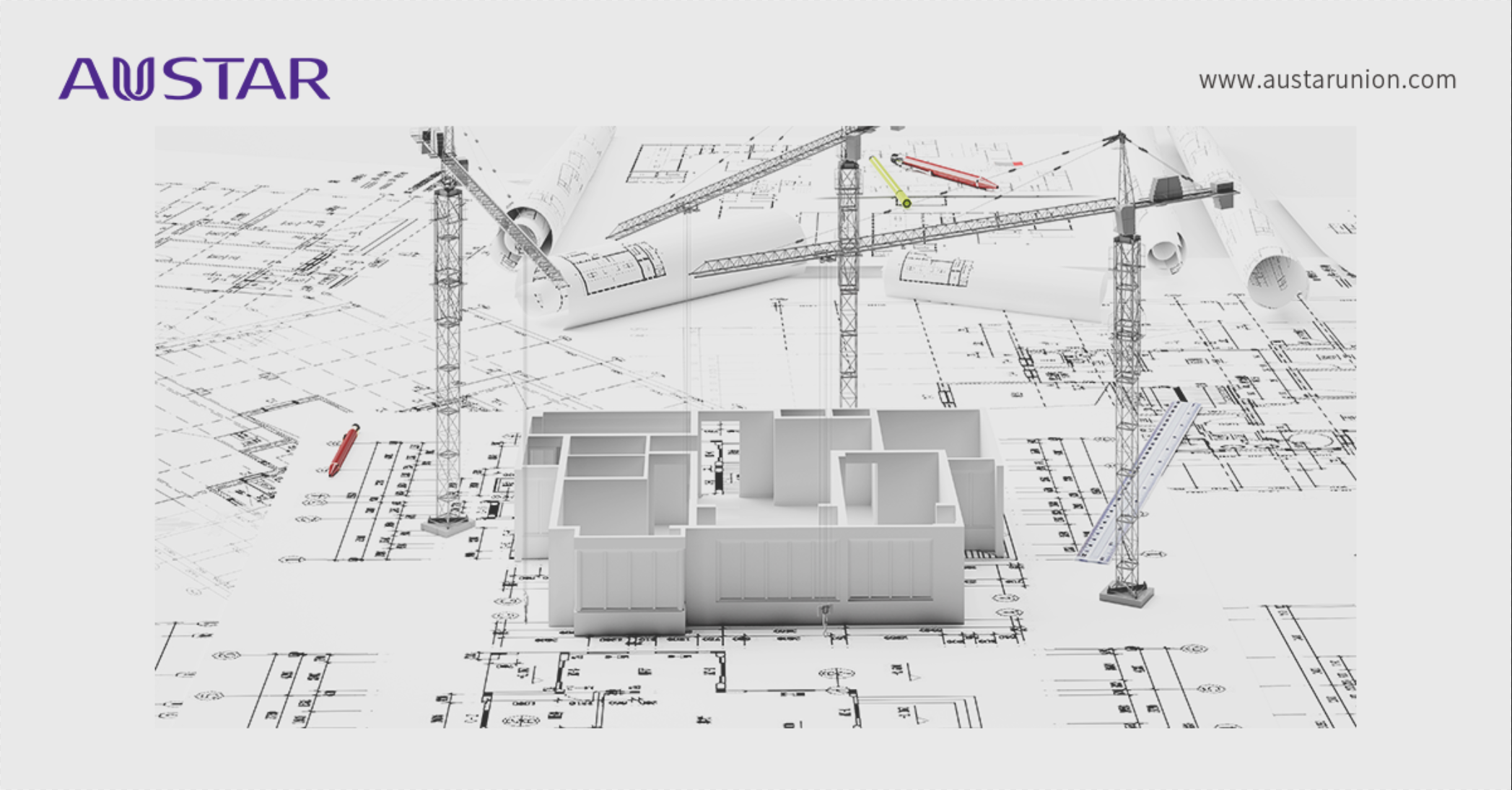How to Achieve a Successful Pharma Facility Design?
News & Insights2023-01-09
We all have heard the term 'quality by design', 'cost by design', and 'lean by design' but we often misunderstand what's behind them. If you're building a new pharma facility or renovating an existing one, there's nothing more important to your success than the design of the facility. It can ensure a safe and effective drug supply, while significantly improving the quality of manufacturing performance and operation as a whole. A successful facility design has to be your top priority.
This article will provide expert tips to help you better achieve a successful pharma facility design.

1.Define Your Facility Goals and Project URS
Collect as Many Requirements from Stakeholders and Users as Possible
Project design is an early phase in the project lifecycle and often comes before a project plan. The design phase for a new facility is critical as it is the only opportunity for all stakeholders and end users to significantly influence the facility design and ensure it meets their requirements for optimum process layout in addition to including the critical design elements required for efficiency, contamination control, and containment.
So it's important to involve all of the key stakeholders in your team at this stage and define your facility’s goals and requirements for the design.
Considerations for Your Project User Requirement Specification
I would like to suggest that people who are writing User Requirements Specifications consider the following points:
• Compliance with GMP standards at the international level. Which GMP standard your facility should comply with? The GMP requirements vary from country to country, so you need to specify the target market, and the facility will be designed accordingly.
• Have the whole picture of your project. It's strategic thinking that helps you build a vision of the opportunities ahead. We need to take into account all related factors and consequences, including project phases, shared facilities; planned capacities, expansion plans, etc.
• Consider the purpose of your pharmaceutical manufacturing facility. The design elements and considerations of a CDMO facility are different from one’s own facility in pharmaceutical companies. CDMO facility can optimize the process by sharing facilities. The type of product to be manufactured dictates a number of requirements and the nature of activities conducted in cleanrooms determines their classification, direction of HVAC airflow, and pressure differentials.
• List what you feel are the process safety risks. There may have process risks, high potent API for ADC production, BSL-2 materials for vaccine production and process Explosion risk for organic solvent, etc. Cross-contamination and or mix-up during the manufacturing process are the factors that reduce the quality of a drug product. If the drug is contaminated ultimately, it will affect the reputation of your business. When you take all of these factors into consideration from start, you will reduce cost, ensure a project stays on schedule and ensure your facility is put in a position to succeed for many years to come.
2. Prioritize the Requirements According to Business Needs
Consider indicating which requirements are a must-have and which requirements are nice to have. The nice-to-have requirements can then be priced as an option.
3. Choose Right Design Supplier with Process and GMP Know-how for Your Facility Design
A design supplier relies on your input to complete the design work. Gaining a clear picture of the quality, cost, lean, EHS, etc. of your facility will help achieve high-quality design work. So the project URS should be prepared by a team comprised of different functions, including Quality, Operation, R&D, Engineering, EHS, etc.
If you don't have a big team that can work out a good project URS, a third party or an agency with rich experience in the pharmaceutical industry which can help do an additional feasibility study or due diligence investigation will be a good choice for you before your project design, while you can consider your project URS and work out the required information with the 3rd party for later project design.
A successful pharma facility design is never an easy job. Without process and GMP know-how leads to poor engineering designs in practice that we’ve seen, for example, improper CIP design can limit production capacity; improper HVAC full ventilation design leads to high operating cost; improper flow design leads to cross-contamination, etc.. A design supplier with the process and GMP know-how can always deliver tailor-made design work as they rely more on scientific calculations, process clarifications, and solution comparisons, rather than simply referring to previous project experience. GMP risks that may encounter during project execution will be reduced with constructive solutions, which is a good remedy if your team is weak in project execution and GMP operation.







 Search
Search 中文
中文






